Better Touch Better Business
Contact Sales at CHZ Lighting.
CHZ Lighting - LED Street Light Manufacturer and LED Flood Light Factory Since 2013
“When invited by the Greek government to help redesign the lighting of the Acropolis, it was the responsibility of all of us at the Onassis Foundation to step up and help illuminate this invisible essence of history. Democracy as truth, human rights as values— —these are the things that should be figuratively lit. Today, more than ever, we as citizens need to revisit the world of the Parthenon—more brightly, more clearly, and more evocatively than ever before. Peace of mind. In these dark times, faced with a pandemic that threatens to shut us down, light seems to be the most powerful symbol.”
— — Chairman of the Onassis Foundation
Anthony S. Papadimitriou
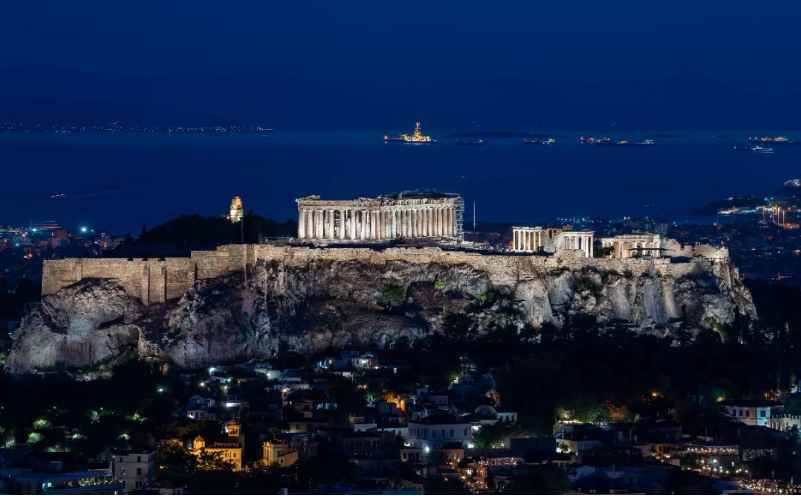
The Acropolis of Athens is located on the Acropolis hill in the center of Athens, covering an area of about 3 hectares (about 280 meters long from east to west, and about 130 meters wide from north to south). It overlooks the city of Athens and is a comprehensive public building. As the center of religious politics. The Acropolis of Athens was built in 580 BC. It was originally a fortress used to prevent foreign invasion. It is the most outstanding ancient architectural complex in Greece, including the four greatest masterpieces of Greek classical art - the Parthenon and the Corridor. , the Temple of Erechtheum and the Temple of Athena Victory. The Acropolis interprets the civilization, mythology and religion that have flourished in Greece for more than a thousand years. It is considered to be the perfect embodiment of the Greek national spirit and aesthetic ideals, and has been named a "World Cultural Heritage" by UNESCO. Widely regarded as a symbol of Greek civilization.
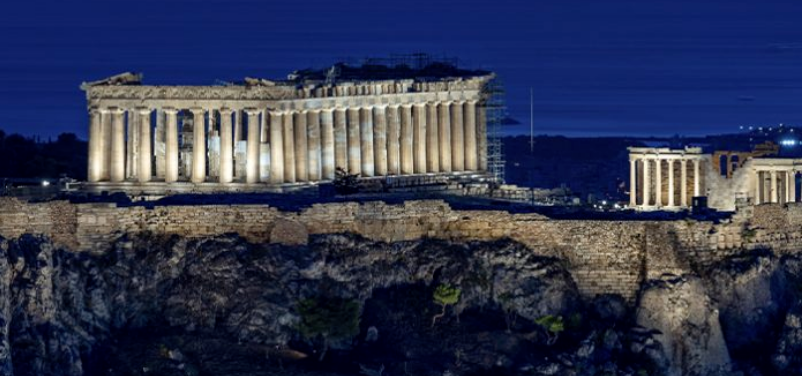
The lighting team studied previous lighting schemes, then established the design intent and approached the project with a fresh design approach. The new design approach was to highlight the beauty of the architecture, the timelessness of the sculptures, the whiteness of Pendelikon marble and the solidity of the sacred rock, as well as the heroism of the defensive walls.
The ideas of this new approach were applied to the Acropolis Rock, the defensive walls, the Parthenon, the Propylaia, the Temple of Athena Nike, the Erechtheion, the Ancient Theater of Dionysus, Eumenes The colonnade, the Temple of Dionysus Eleutherios and another five monuments were illuminated for the first time - the Thrasyllos Monument, the Choragic Column, the Asklepieion, the Apollo and Aglauros/Klepsydra cave sanctuaries and the Temple of Aphrodite.

Due to the huge cultural significance of the Acropolis to the Greek people, lead designer Deko revealed that she had to approach things in a completely new way when designing a new lighting concept for the landmark. Because this project was so different from all the others, she felt she had to forget everything she knew and start from scratch; so, she had to carefully observe the entire acropolis, feel the energy of the space and understand the lighting requirements.
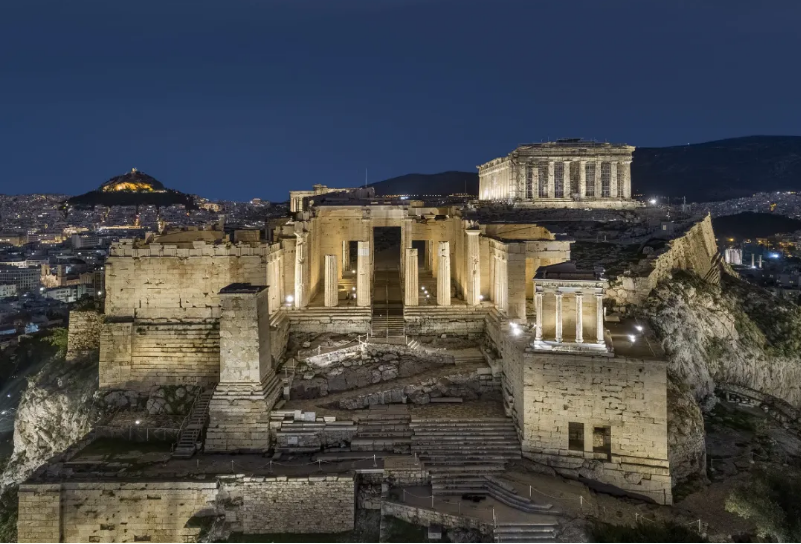
She spent a lot of time observing the monument at different stages of the day; in the morning, at noon when the light was more glaring, at dusk at sunset, in moonlight and in complete darkness. Just try to imagine the reflection of stone and marble sculptures in different versions of natural light. Deko considers the Acropolis as part of the city and its coexistence in today's urban landscape. The Acropolis and Parthenon can be seen from many parts of the city, so the team often left the site to view the Acropolis from far away and from different neighbourhoods.

While you're on the mountain, you'll be struck by admiration and awe of the Acropolis itself. As you leave, you realize its layers: rocks, walls and monuments. From these observations, she needs to differentiate between these three elements. Each has its own symbolism of the era, which inspired the team to create these layers of lighting through differences in color temperature and intensity.
The idea of differentiation is clear and essential to Deko because rock is nature and it existed before human intervention. This wall represents the result of human endeavor and craftsmanship. Monuments, on the other hand, are worship, art, and mysterious. These elements cannot be illuminated in the same way - apart from their different substance, there is also a different materiality. The rock is made of one material, the walls are made of other materials, and the monument is made of luminous Pentelic marble.
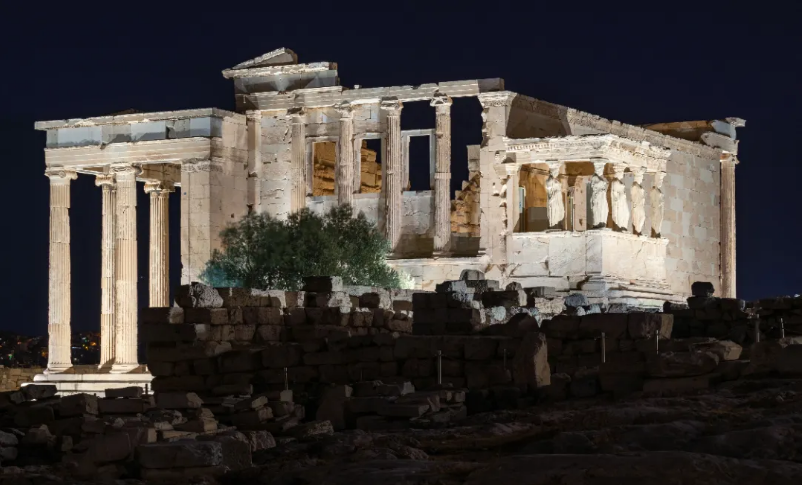
This material differentiation was the starting point for the lighting team's research, who carried out many tests to achieve the most suitable shadows, starting with having the Parthenon reflect its light. The same method was copied to the Temple of Athena Nike, the Propylaea, the Erechtheion, and the sacred rocks and walls, so that they reflected their own light. Additionally, it was hoped to highlight details and create depth of field so that different volumes would look different from a distance.
This was a huge project, not only in terms of geographical scope but also in terms of cultural significance, and the lighting team had to work within a very tight schedule, with 45 days to conduct the lighting studies and only 9 months to complete the entire project. Such a short time only exacerbated the framework because, according to designer Deko, the materials, plans, 3D models, etc. available were fragmented, so the team had to spend time gathering the appropriate materials and modifying them into the form required for the project. conduct.

The historic status of the UNESCO World Heritage site also meant accessibility on site was a challenge the lighting team needed to overcome. First, due to the time constraints on visiting archaeological sites; and then the difficulty of reaching the ideal location. In some cases, the team had to use the same locations from the previous lighting scheme, and in other cases, new locations had to be created to serve the team's lighting studies, but with each new location or element, the lighting team All must be formally approved by the Central Archaeological Council and the Archaeological Department. They must submit detailed sketches to get approval.
Another important factor worth mentioning is that, in addition to implementing new lighting concepts, the lighting team changed all of the Acropolis’ electrical panels and wiring to accommodate new available technologies and products – DMX control, tunable white fixtures, etc. The challenge was not to allow for outages during the change of the entire electrical network, the replacement of all old fittings and the installation of new ones, be they rocks or monuments. This was a huge challenge as the entire installation had to be planned in a rigorous and organized way to achieve an unobtrusive transition from old to new and provide new lighting without turning off the lights.
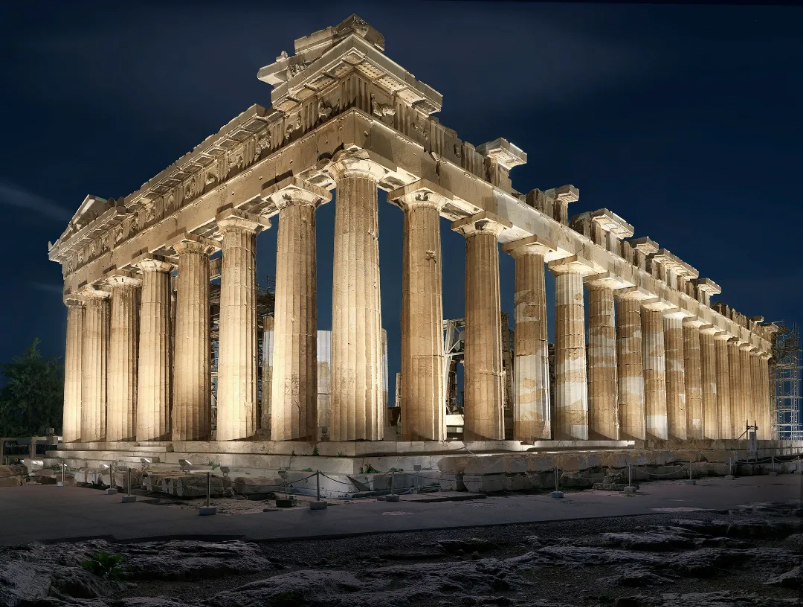
The difficult challenge of the project was to use as little energy as possible. However, energy efficiency is not just a matter of high-efficiency LEDs. Thanks to precise optics and different light distribution, it is possible to illuminate only the desired area, even over long distances. In this way, the lighting team ensures sustainable use of energy.
The complexity of the site, with differences in height and structure, meant the lighting team had to use a range of different lenses, from ellipses to wide floods, elliptical floods, wall washers and more, to achieve the required light distribution. In this way, the team succeeded in focusing the light accurately on the monuments and walls, with the light only reaching where it is needed, thus minimizing light pollution.

The lighting designers used a specially customized adjustable LED floodlight with a color temperature range of 2700-5000K. The design team was on site to illuminate each monument with an accurate shade of white, ultimately using 12 different harmonious hues to illuminate the monuments throughout the Acropolis. Meanwhile, the luminaire’s interchangeable lenses mean lighting teams can determine the optimal light distribution for each installation location through on-site testing.
The lighting team also sought a high color rendering index in the specified fixtures, which would allow them to achieve optimal lighting to highlight the color and texture of the marble and stone, while using DMX512 to enable precise control of each fixture, while LED lighting technology enables Electricity consumption is reduced by approximately 60%.
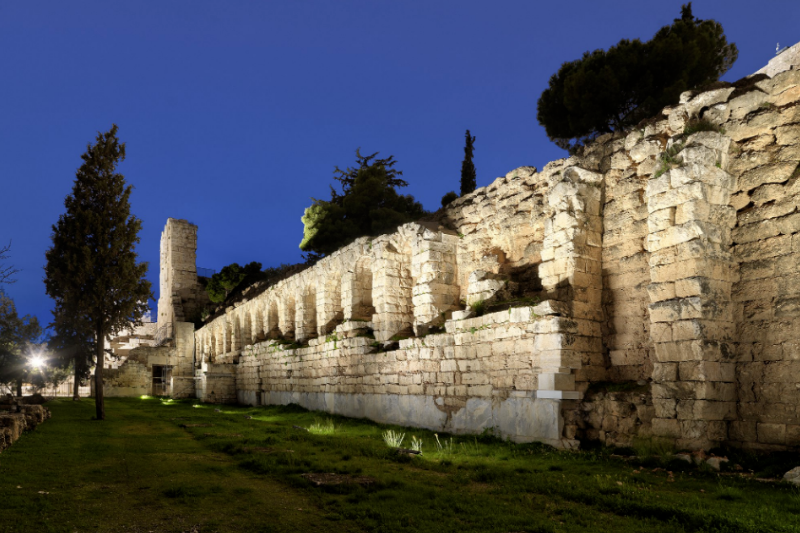
2D and 3D modeling designs, photometric readings, calculations, test after test – all to achieve the precise lighting that breathes new life into the marble of the Acropolis. But it’s more than just aesthetics, it’s also a significant upgrade to the existing infrastructure, bringing the electrical system and automated lighting control systems up to date. The light highlights the defensive walls, the entire acropolis rock, and the volume and geometry of each monument from every possible angle. Now whiter than ever, marble's light reflects every facet, every geometric shape and every natural material to highlight the decorative reliefs of each monument.
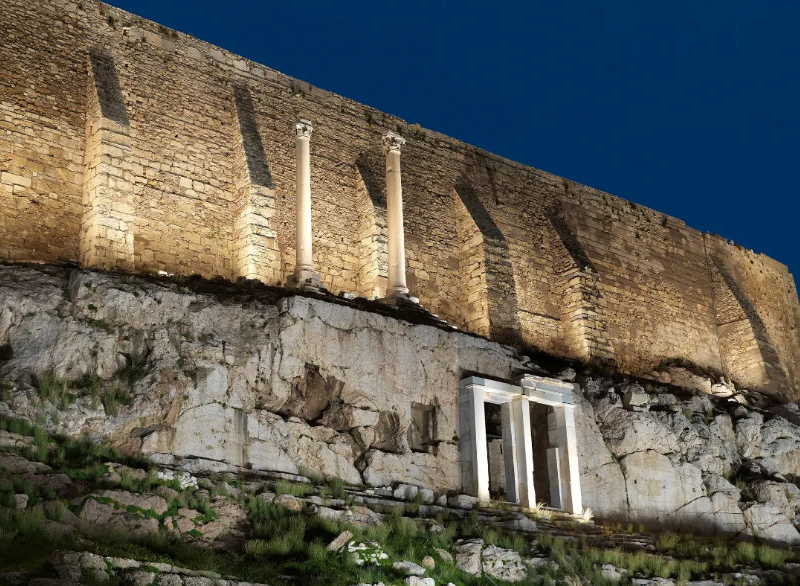
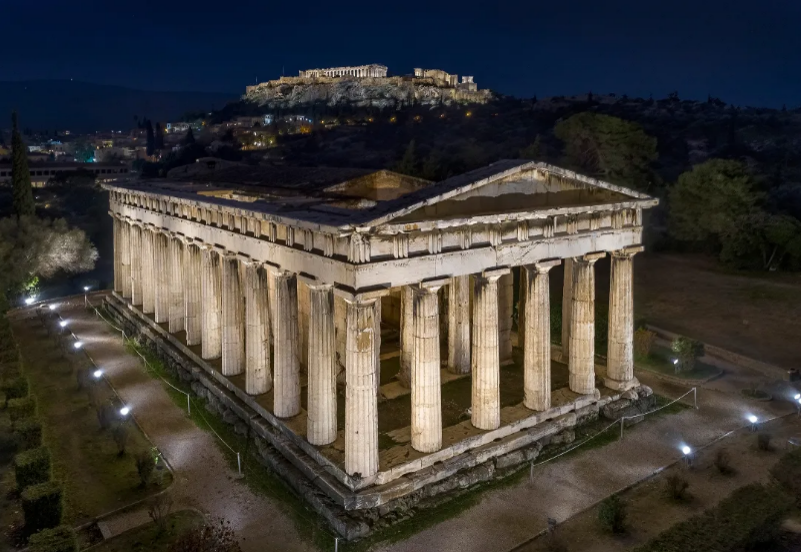
The new lighting of the Acropolis emphasizes the naturalness and pure colors of the Acropolis’ stone and marble; the new lighting makes the Acropolis stand out at night from multiple directions, both up close and from a distance. The monuments of the Acropolis were given new life and vitality, and for us it felt like the Parthenon was standing proudly again.


Since its official debut, the new lighting concept for the Acropolis has received widespread praise from the global lighting design community, media and the public. As for lead designer Deko, she believes the overall reaction can be summed up in two words: enthusiasm and emotion. The team continues to receive touching and enthusiastic feedback from people who live near the city center overlooking the Acropolis, people walking around the area, and even from local restaurant owners who claim that the new lights are a bright spot. Since then, their clientele has continued to grow, which has had a positive impact on their business.


Copyright © 2019 Shanghai CHZ Lighting Co.,Ltd | All Rights Reserved.
Hello, please leave your name and email here before chat online so that we won't miss your message and contact you smoothly.